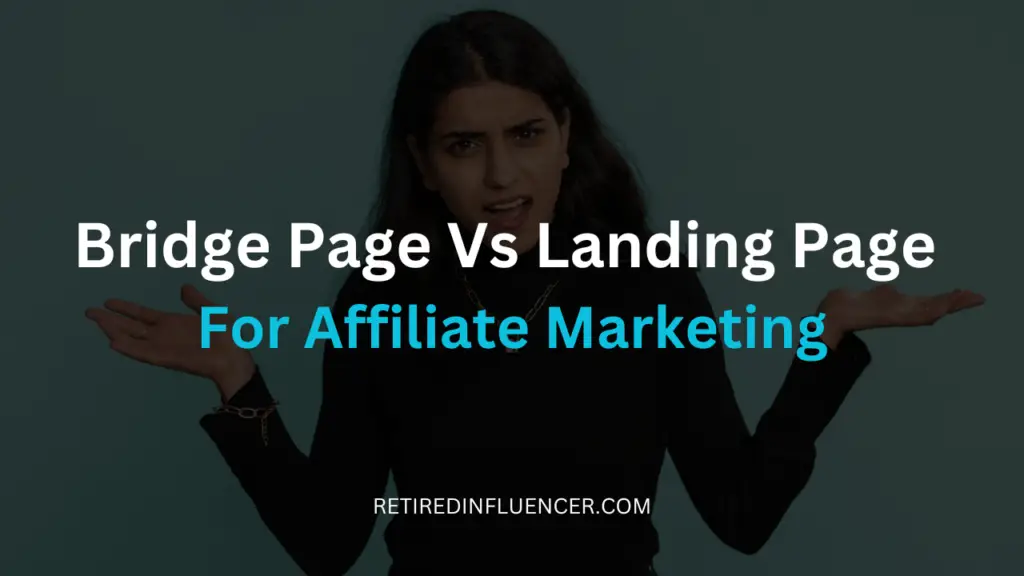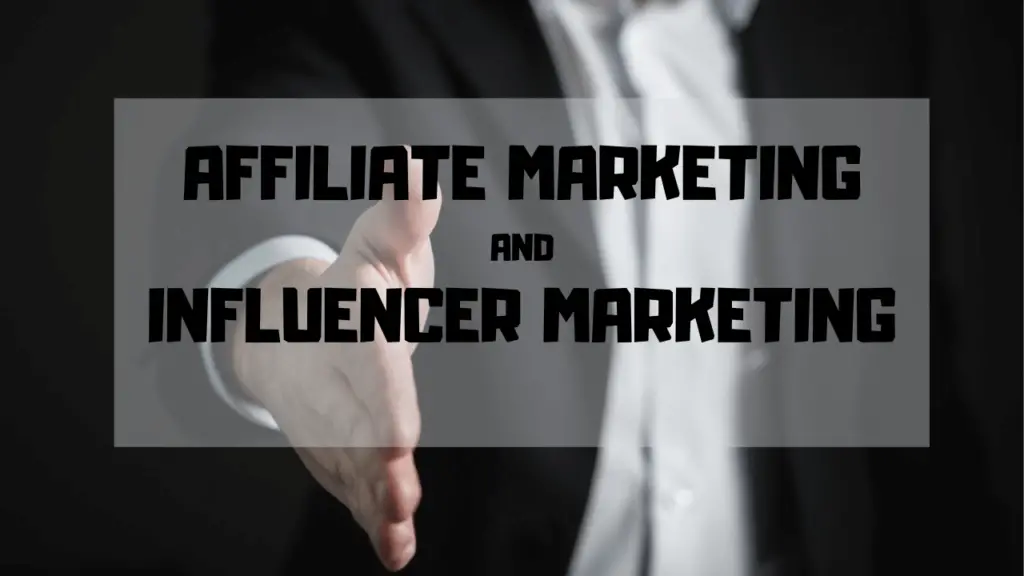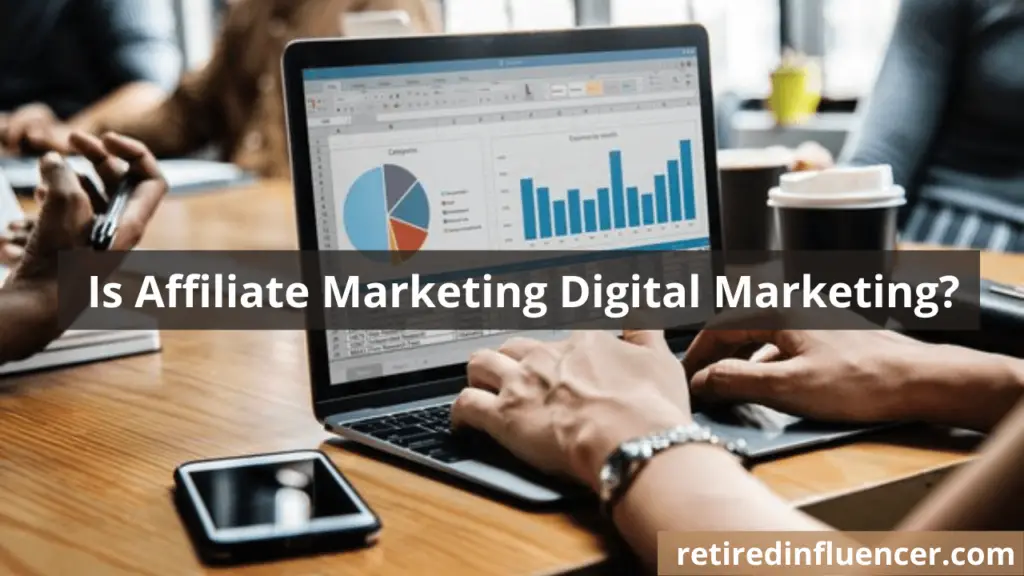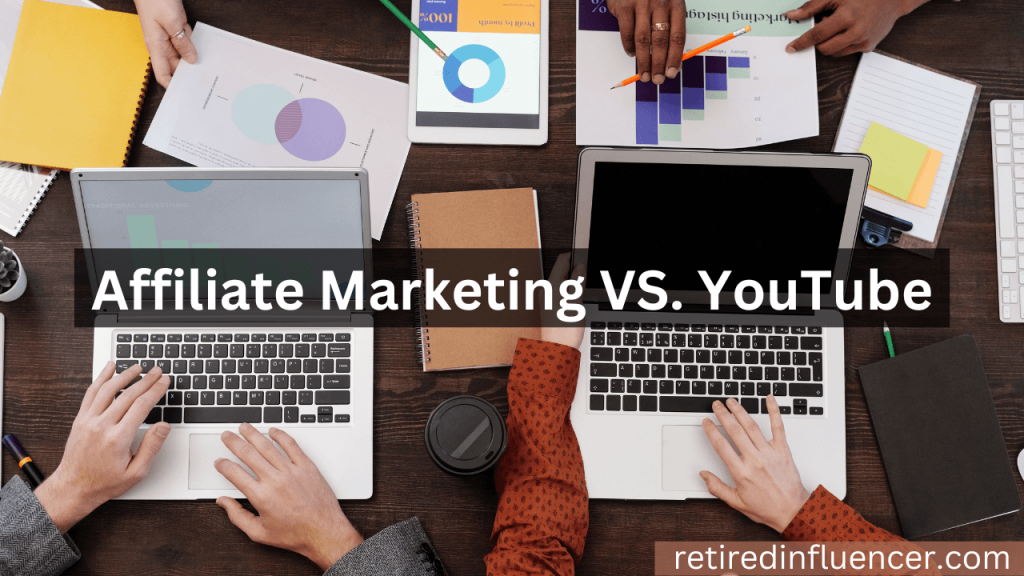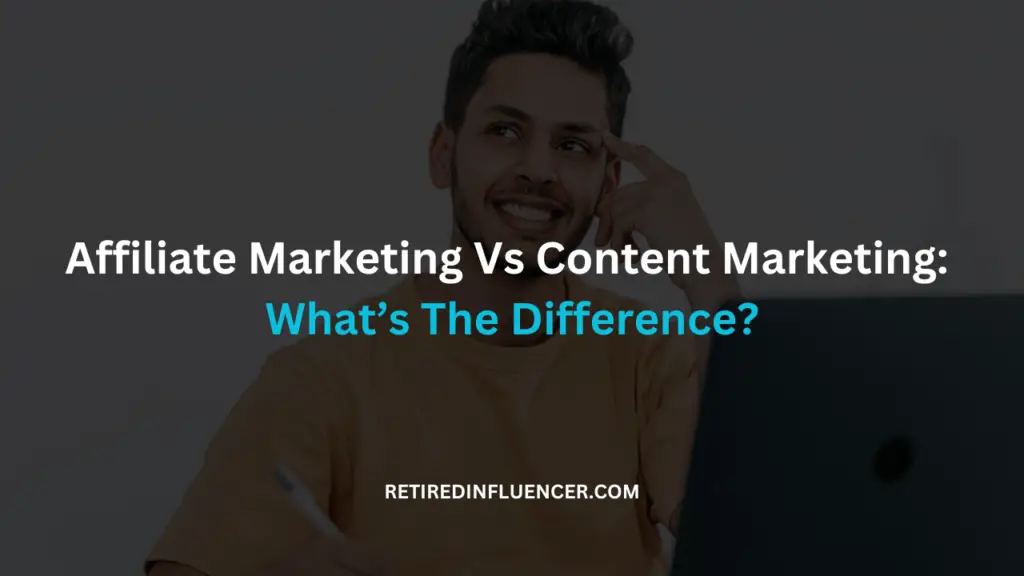The choice between a bridge page and a landing page for effective affiliate marketing depends on the marketing strategy you’ve chosen. Luckily, there’s a range of options available to explore.
If your goal is to reach a broad audience and connect with them at various stages, consider combining a landing page with a bridge page.
Begin with a captivating landing page designed to grab attention and generate interest.
Next, follow it up with a bridge page, where you can craft a narrative to deepen the connection and subtly introduce the affiliate offer.
Finally, smoothly guide your audience to the vendor’s sales page for the ultimate conversion.
This multifaceted approach enables you to catch the fleeting attention of diverse audience segments, providing a comprehensive experience that resonates with both those seeking quick information and those desiring a more personalized journey.
Which is Better, A Bridge Page or A Landing Page For Affiliate Marketing?
When diving into the world of affiliate marketing, a burning question often surfaces: Which is better, a bridge page or a landing page?
In this section, we’re going explore the nuances of both to help you make an informed decision for your affiliate activities.
The Bridge Page Unveiled
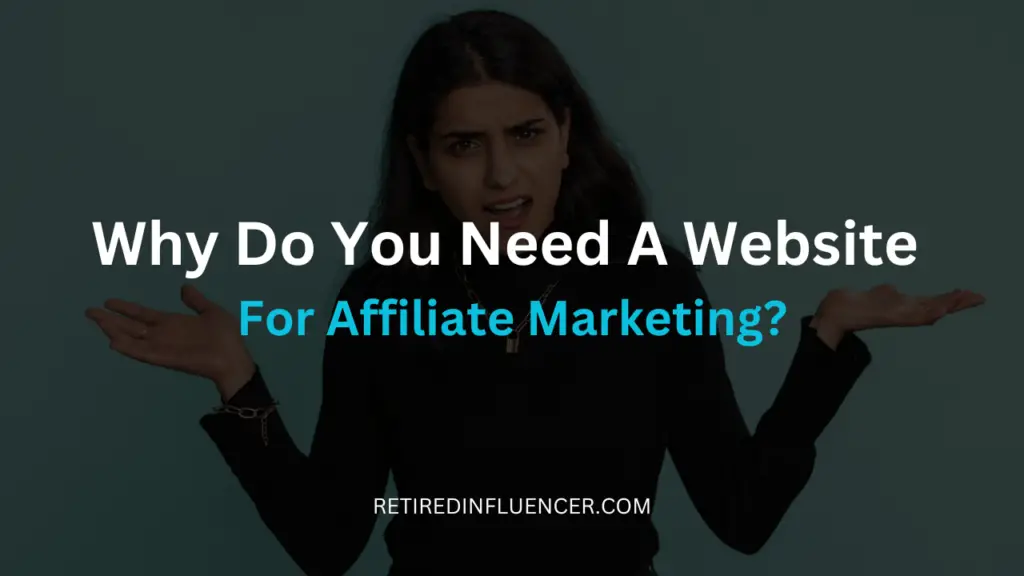
Imagine a bridge connecting two distinct destinations. In the affiliate marketing industry, a bridge page serves a similar purpose.
It acts as a link between the potential customer and the product or service you are promoting.
Unlike a traditional landing page, a bridge page aims to warm up the visitor by providing valuable information and subtly guiding them toward the affiliate offer.
For instance, if you’re promoting a fitness product, your bridge page might share a personal story about your fitness journey, creating a relatable connection with your audience.
This narrative approach helps build trust and primes the visitor for the main offer.
The Allure of the Landing Page
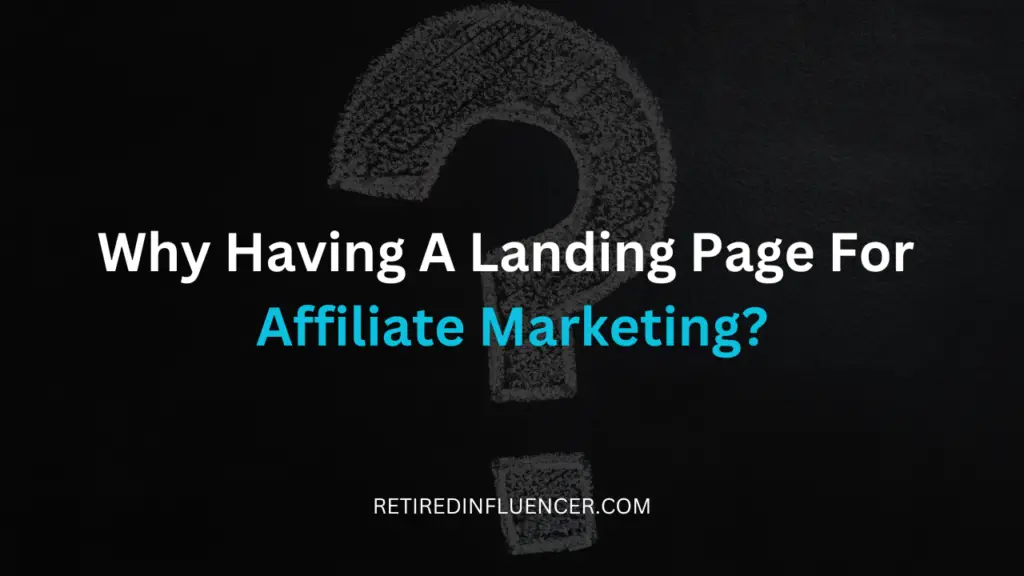
On the flip side, a landing page is like a focused sales pitch. It’s designed to capture attention immediately and drive the visitor toward a specific call-to-action, such as making a purchase or signing up for a newsletter.
Landing pages are often optimized for conversions, with concise and compelling content that emphasizes the product’s benefits and unique selling points.
Consider a landing page for a digital marketing course. It might showcase testimonials, highlight key features, and conclude with a persuasive call-to-action encouraging visitors to enroll right away.
- Recommended Reading: 10 Landing Page Builders For Affiliate Marketing
Comparing the Two: Pros and Cons
Now that we’ve introduced both concepts, let’s break down the pros and cons of bridge pages and landing pages to guide your decision-making process.
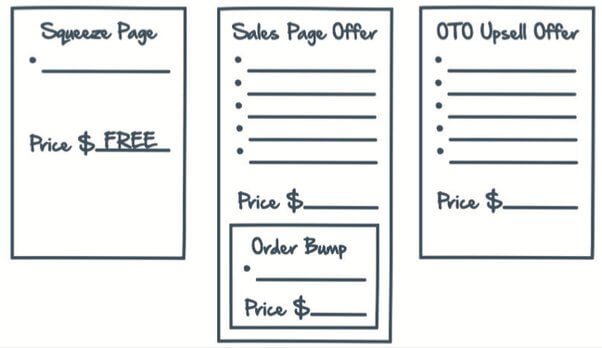
Bridge Pages: The Pros
- Builds trust through storytelling and personal connection.
- Prepares the visitor for the affiliate offer, reducing cold leads.
- Allows for subtle promotion without immediate hard selling.
Bridge Pages: The Cons
- May not convert as quickly as landing pages.
- Requires compelling storytelling skills to engage the audience.
- Risk of losing impatient visitors who want quick information.
Landing Pages: The Pros
- Optimized for high conversions with a clear call-to-action.
- Works well for impulse-driven products or services.
- Immediately presents key information without extensive storytelling.
Recommended Reading: How To Use Landing Pages To Promote Affiliate Programs
Landing Pages: The Cons
- May not effectively build trust as quickly as bridge pages.
- Runs the risk of appearing too sales-oriented for certain audiences.
- Requires constant optimization for changing market trends.
Choosing the Right Path
Ultimately, the decision between a bridge page and a landing page hinges on your target audience, the nature of the product or service you promoting, and your storytelling prowess.
A successful affiliate marketing strategy may even incorporate elements of both, depending on the campaign’s goals and the characteristics of the affiliate offer.

By understanding the strengths and weaknesses of each approach, you can tailor your affiliate marketing strategy for maximum impact.
Whether you opt for the personal touch of a bridge page or the direct appeal of a landing page, always remember that the key lies in resonating with your audience and delivering value that sparks action.
Frequently Asked Questions
Can I use both bridge pages and landing pages in a single campaign?
Absolutely! A hybrid approach allows you to leverage the strengths of both methods, providing a well-rounded strategy that caters to various audience preferences.
Can I combine multiple strategies in a single campaign?
Absolutely! Feel free to experiment and find the perfect blend that aligns with your campaign goals. Flexibility is key in affiliate marketing.
How important is storytelling on a bridge page?
Storytelling is crucial on a bridge page. It creates an emotional connection with your audience or ideal customers, fostering trust and increasing the likelihood of conversion.
Are landing pages suitable for every affiliate product?
While landing pages work well for impulse-driven products, they may not be ideal for every affiliate offer. Consider your target audience and the nature of the product before deciding.
How can I make the most of a pop-up for email collection?
Timing is crucial. Consider triggering the pop-up after your bridge page has piqued interest but before guiding your audience to the vendor’s sales page. Strike a balance between engagement and conversion.
That’s It Folks!
As you embark on your affiliate marketing journey, you want to experiment with both bridge pages and landing pages to discover the optimal strategy that aligns with your goals and resonates with your audience. Happy affiliating!

